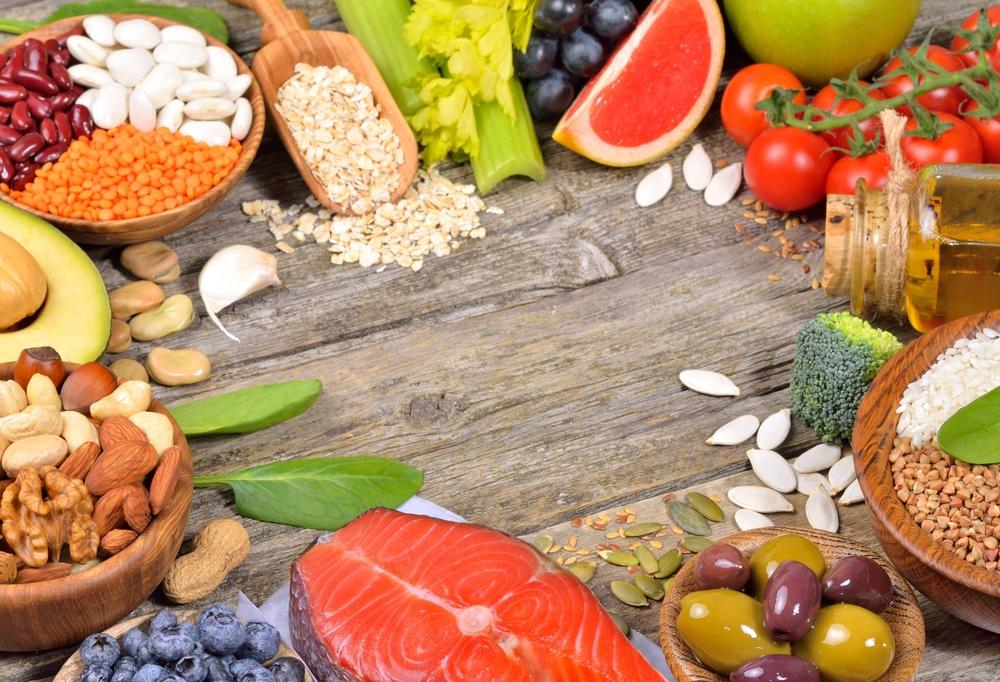5 essential foods that can actively reduce cholesterol levels
What we eat inevitably affects our overall health. This is one of the reasons why people take efforts to evaluate their current lifestyle and make the necessary changes. If an individual has an existing health condition, it becomes imperative for them to make amends to their current diet and add foods that are beneficial in helping them control their health issue. Usually, you see people with diabetes making life-saving alterations to their diet to control this condition. The same is applicable even when an individual has cholesterol.
Cholesterol is produced by the liver, and this waxy, fat-like substance is found in every cell of our body.
Cholesterol is essential for producing hormones, vitamin D, and the bile acids which are instrumental in helping us digest fat. Everyone has cholesterol—low-density lipoproteins (LDL) and high-density lipoproteins (HDL), and the cause of concern arises when the LDL level which is the “bad” cholesterol rises. You can refer to a cholesterol level chart to understand what the ideal cholesterol level should be according to your age.
With certain diet and lifestyle changes, you can lower your cholesterol levels and bring them down to the normal cholesterol range. Here are some foods that help lower your cholesterol levels.
- Avocados: Even if you are adhering to a diet to reduce your cholesterol levels, you need all the essential nutrients.
To ensure that you aren’t deprived of the necessary nutrients, you can add avocados to your diet. Avocados are nutrient-dense fruits and are a rich source of monounsaturated fats and fiber which are quite active in lowering LDL and raising HDL cholesterol (“good” cholesterol) levels.
Legumes: Dairy products and meat are two of the most common sources of cholesterol and proteins as well. However, if your cholesterol levels are higher than the normal cholesterol range, and you still need the required amount of proteins, you can consider replacing a portion of the processed meat and refined grains with legumes. Legumes are a rich source of fiber, minerals, and proteins and are quite effective in lowering LDL cholesterol levels. Fatty fish: To lower LDL cholesterol levels, one needs to increase their HDL cholesterol levels. One of the easiest ways to do this is to include fatty fish, such as salmon or mackerel, in your diet. Fatty fish are rich sources of long-chain omega-3 fatty acids, and these are known to improve one’s health by increasing the HDL cholesterol levels. In fact, making fatty fish a part of your daily diet can lower inflammation and the risk of stroke as well. Whole grains: Whole grains, such as oats and barley, are quite effective in lowering the LDL cholesterol levels, thereby, reducing the risk of a potential heart disease. Oats contain beta-glucan, a type of soluble fiber that can help in lowering cholesterol and getting it down to the normal cholesterol range. Even barley is a rich source of beta-glucan. So, you can add either of these whole grains to your diet. Dark leafy vegetables: We often undermine what dark leafy vegetables can do for us; they are the powerhouse of nutrients. In fact, dark leafy vegetables like kale and spinach are good for your heart and prevent the chances of developing heart diseases. These vegetables contain lutein and other carotenoids that are known to lower risk of heart diseases. The carotenoids function as antioxidants and are instrumental in getting rid of the harmful free radicals that lead to the hardening of the arteries. Tags- Cholesterol, Cholesterol, Cholesterol Levels/Chart, Normal Cholesterol Range
Main category- health & wellness
Secondary category- fitness
Disclaimer:The content provided on our blog site traverses numerous categories, offering readers valuable and practical information. Readers can use the editorial team’s research and data to gain more insights into their topics of interest. However, they are requested not to treat the articles as conclusive. The website team cannot be held responsible for differences in data or inaccuracies found across other platforms. Please also note that the site might also miss out on various schemes and offers available that the readers may find more beneficial than the ones we cover.


